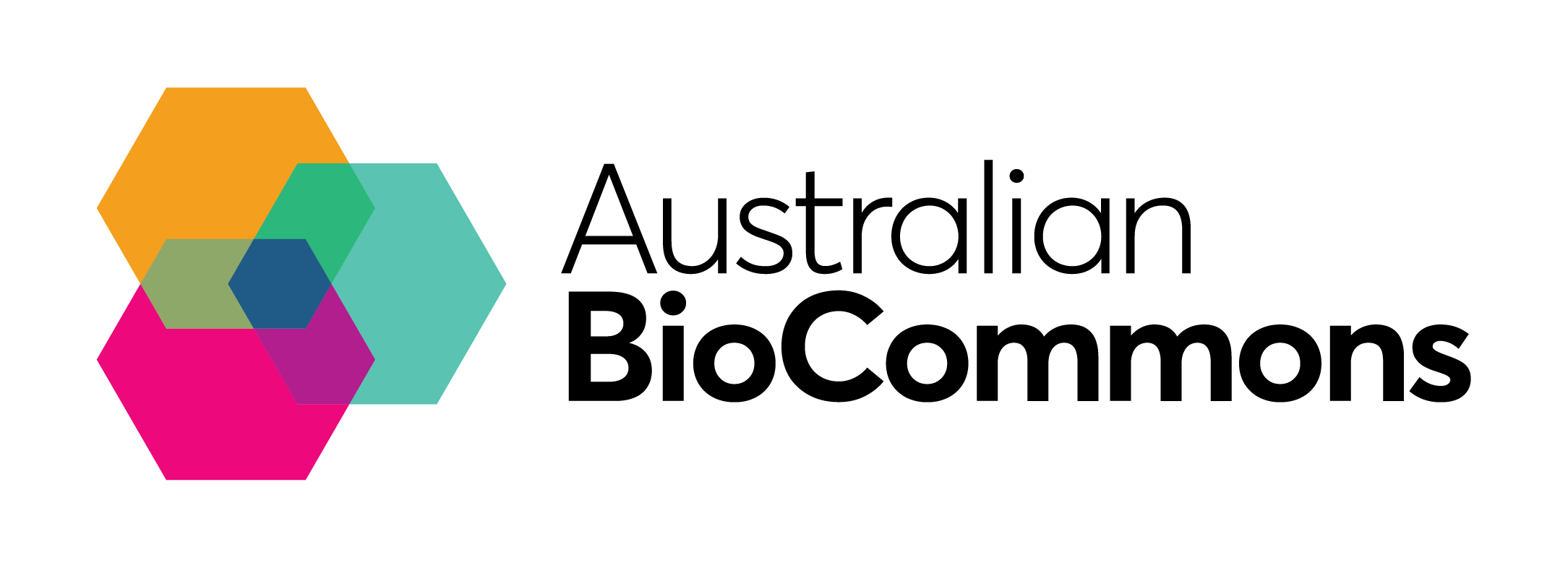ABLeS: Enabling Australian researchers to tackle challenges in bioinformatics
Dr Ziad Al Bkhetan presenting the three ABLeS allocation schemes.
The Australian BioCommons Leadership Share (ABLeS) has enabled 148 researchers from 26 institutes, organisations and research groups to respond to key bioinformatics challenges since its inception in 2021. Ahead of the upcoming webinar in March that will feature three participants from across Australia, we’ve spotlighted how some Australian life sciences researchers are leveraging ABLeS in their work.
The challenge
Researchers’ ability to leverage molecular analyses is continuously improving, and with this improvement come larger sample sizes, data sizes and computational complexity. This rapid expansion requires resource intensive analyses, plus the development of new, improved and optimised research software, particularly for reference data assets that require significant computational resources to prepare and maintain.
The Australian BioCommons response
The ABLeS program provides access to a mix of infrastructure and computational resources that has been specifically tailored to enable life science research groups to solve these challenges. The team behind ABLeS offers their extensive experience in research software engineering, digital infrastructure and bioinformatics to all participants, in the form of three distinct allocation schemes:
1. Reference data asset generation
Dedicated compute capacity is provided by ABLeS to allow efficient construction of reference data assets that are of enduring value to the research community, and will therefore underpin and enable downstream research. The Bioplatforms Australia Genomics for Australian Plants (GAP) framework initiative accesses this allocation type to advance our understanding of the evolutionary tree of life for flowering Australian plants, and to build complete plant genomes. GAP’s Bioinformatics Lead at the Royal Botanical Gardens of Victoria, Dr Theodore Allnut said:
GAP has produced vast amounts of sequence data that has required storage, processing, and analysis. Access to the supercomputer resources at NCI provided by ABLeS have been essential for GAP work. Overall, 17 botanists and bioinformaticians have processed their data on NCI’s ‘Gadi’ supercomputer and thanks to our ABLeS allocation, GAP has assembled 33 plant reference genomes, constructed the Australian Angiosperm Tree of Life, and undertaken six further species-level evolutionary studies.
2. Production bioinformatics
Research groups are supported to implement and run their existing best practice computational workflow approaches for omics data analysis at a much larger scale than is available through existing in-house computational infrastructure. This approach explains how ABLeS uplifted the research of University of Canberra’s Dr Ambikesh Jayal, Senior Lecturer in Data Science:
My team needed to extend our analysis to the whole Tasmanian Devil genome, which is fairly large (about 3 GB). Running such a large scale analysis was not possible in-house but the excellent and timely support provided by the ABLeS team means we are now running these analyses and plan to publish them in the coming months.
Dr Marie Wong-Erasmus, Principal Bioinformatics Engineer & Data Chair at the Children’s Cancer Institute said:
ABLeS first played a crucial role in creating high-quality and standardised reference datasets for The Zero Childhood Cancer program. Now, we are analysing these datasets using Pawsey infrastructure and we are constantly working to strengthen this partnership as our research program expands.
3. The Software Accelerator
The Software Accelerator supports the further development, installation, optimisation, testing and/or benchmarking of research software and focuses on a culture of software best practice. Bioinformaticians are supported to effectively implement, share, and document their work by embracing the FAIR (findable, accessible, interoperable and reusable) principles. Dr Cali Willet, Senior Research Bioinformatician at Sydney Informatics Hub, The University of Sydney, believes new opportunities have opened up with the ABLeS Software Accelerator:
ABLeS support has allowed us to optimise the highly popular DIA-NN proteomics tool for scalable high throughput analysis on HPC. We have tested and implemented this on NCI’s ‘Gadi’ supercomputer and are excited by the potential for proteomics studies to analyse thousands of samples at once within just one day of computing time.
All ABLeS groups are invited to contribute to, and benefit from, a shared repository of research software, housed by our partners at NCI. Dr Hardip Patel, Bioinformatics Lead in the National Centre for Indigenous Genomics at ANU and member of Bioplatforms Australia’s Australian Amphibian and Reptile Genomics (AusARG) Framework Initiative, sees great potential for the repository:
We've created a large-scale software repository for all the genomic resources prepared by AusARG by leveraging NCI resources under the ABLeS framework. We’ve utilised the repository to create analysis workflows, making them easily accessible to all NCI users and building Australia’s ability to initiate significant genomics projects.
Dr Ian Brennan, Postdoctoral Researcher at Australian National University and AusARG, described working with Ziad (BioCommons’ bioinformatics applications specialist) and the team as:
A fantastic, truly cross-disciplinary experience. The input and creativity of the BioCommons team has helped us to make our workflow much more efficient and user friendly, with the bonus of designing it to be lightweight and portable. Importantly, this means the workflow is no longer just a solution that works for our small research group - it can be picked up, used, and modified to suit a much broader community. Overall it has been a really satisfying and genuinely collaborative experience.
To learn more about the ABLeS program and hear directly from researchers involved, register now to attend the upcoming webinar on March 12.
ABLeS is co-funded by Bioplatforms Australia, National Computational Infrastructure and Pawsey Supercomputing Research Centre, and forms part of the national Australian BioCommons infrastructure.

